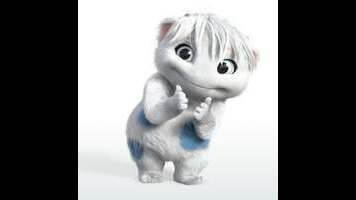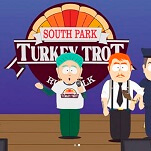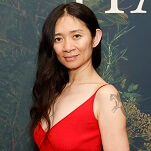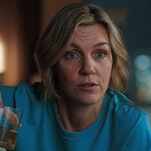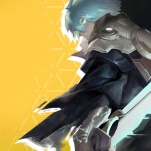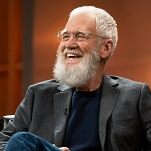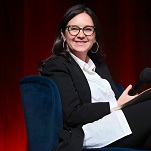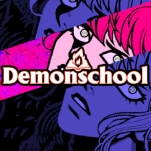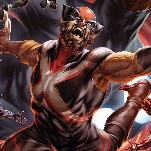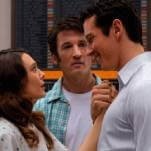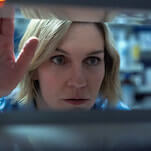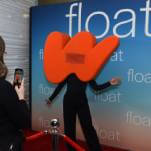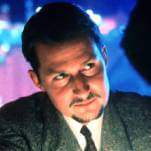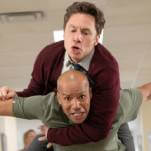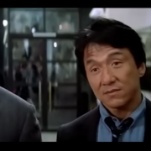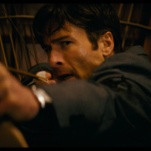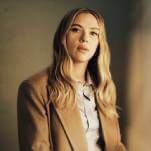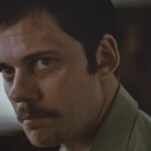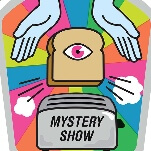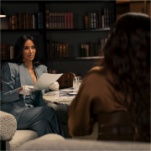The timing of Mary’s return reflects Alice’s anxiety about meeting, bonding with, and potentially serving as a mother figure to Ben’s kids, but it’s one of several aspects of Imaginary Mary that just doesn’t connect. The show feels like it’s made up of pieces from several different jigsaw puzzles, the tabs jammed into the blanks with zero regard for compatibility. The result is a mishmash of tones, styles, and themes that’s about as appealing as Mary’s original, noseless-mini-yeti-with-a-good-dental-plan design.
The animation team, headed by Patrick Osborne (an Oscar winner for 2014’s “Feast”), has since reimagined Mary as something a little less Creature Shop and a little more Sesame Workshop. But her personality could use some recalibrating: She’s supposed to be a nuisance to adult Alice, but she’s not an enjoyable presence for the viewer either. The writing for Mary is grating—she’s an emotionally needy id with a dirty mind who talks a mile a minute—and requires a lot of shouting from Dratch, who garnered more laughs in a few seconds as an unintelligible 30 Rock hallucination than she does in two episodes as Imaginary Mary’s eponymous illusion. She’s capable of better, as is most everyone involved: Osborne, Broad City and You’re The Worst alum Schneider, writers Emily Halpern and Sarah Haskins (late of Trophy Wife), and Goldbergs duo (and Imaginary Mary co-creators) Adam F. Goldberg and David Guarascio. Even Elfman—America’s No. 1 choice for high-strung, high-concept shtick when neither Christina Applegate nor Sarah Chalke is available—is underserved by this half-baked series.
Given its creative pedigree, Imaginary Mary is most comfortable in the family-comedy gear that is ABC’s bread and butter; replace Elfman with Malin Akerman, and the Halpern-and-Haskins-penned second episode—which finds Alice flailing through after-school pickup duties—could be a first draft of a script from their one-season wonder. But then there’s the whole Mary element, which does little to enhance Alice’s frazzled state of mind or inform her relationships with Ben’s general-issue spawn—dweeby eldest son Andy (Nicholas Coombe), nonconforming middle child Dora (Matreya Scarrwener), and precocious younger daughter Bunny (Erica Tremblay). As she is in Alice’s life, Mary feels tacked on to the show, a lingering result of the show’s hybridized genesis: Osborne wanted to do a family comedy with an imaginary friend; Guarascio brought the stepmom angle from his own home life.
Imaginary Mary isn’t interesting on a thematic level, as the story of a woman whose relationship is being sabotaged by a malnourished inner child and her fear of someone else’s external children. Nor does it seem to want to make comedic hay from the fact that its protagonist is talking to herself all the time. Really, any stronger attempts at joke-writing would be appreciated—the first two episodes too often coast on the assumed hilarity of wizened and/or irreverent words coming out of incongruously adorable faces. Its greatest amount of ambition is seen in the fuzzy doodad at the show’s center—and to the credit of Osborne and his team, Mary’s design and animation are impressive. If only they could’ve designed a better show around her.
